Principles of Economics: Demand, Price, and Government Policies
VerifiedAdded on 2020/03/07
|6
|708
|84
Homework Assignment
AI Summary
This economics assignment explores the concept of demand elasticity, specifically in the context of olive oil, and its impact on revenue. It analyzes how changes in price affect the quantity demanded, differentiating between elastic and inelastic demand. The assignment then examines the implications of a worldwide olive oil shortage and suggests government policies to address rising prices in Australia. The solution discusses the implementation and consequences of a price ceiling, including potential benefits for consumers and the risk of creating black markets and production inefficiencies. Furthermore, it considers the alternative policy of government subsidies for olive producers, evaluating its impact on consumer prices and the potential for increased tax burdens. The assignment draws on economic principles and theories, referencing works by Mankiw, Varian, Parkin and Bade, and Friedman to support its analysis.
1 out of 6
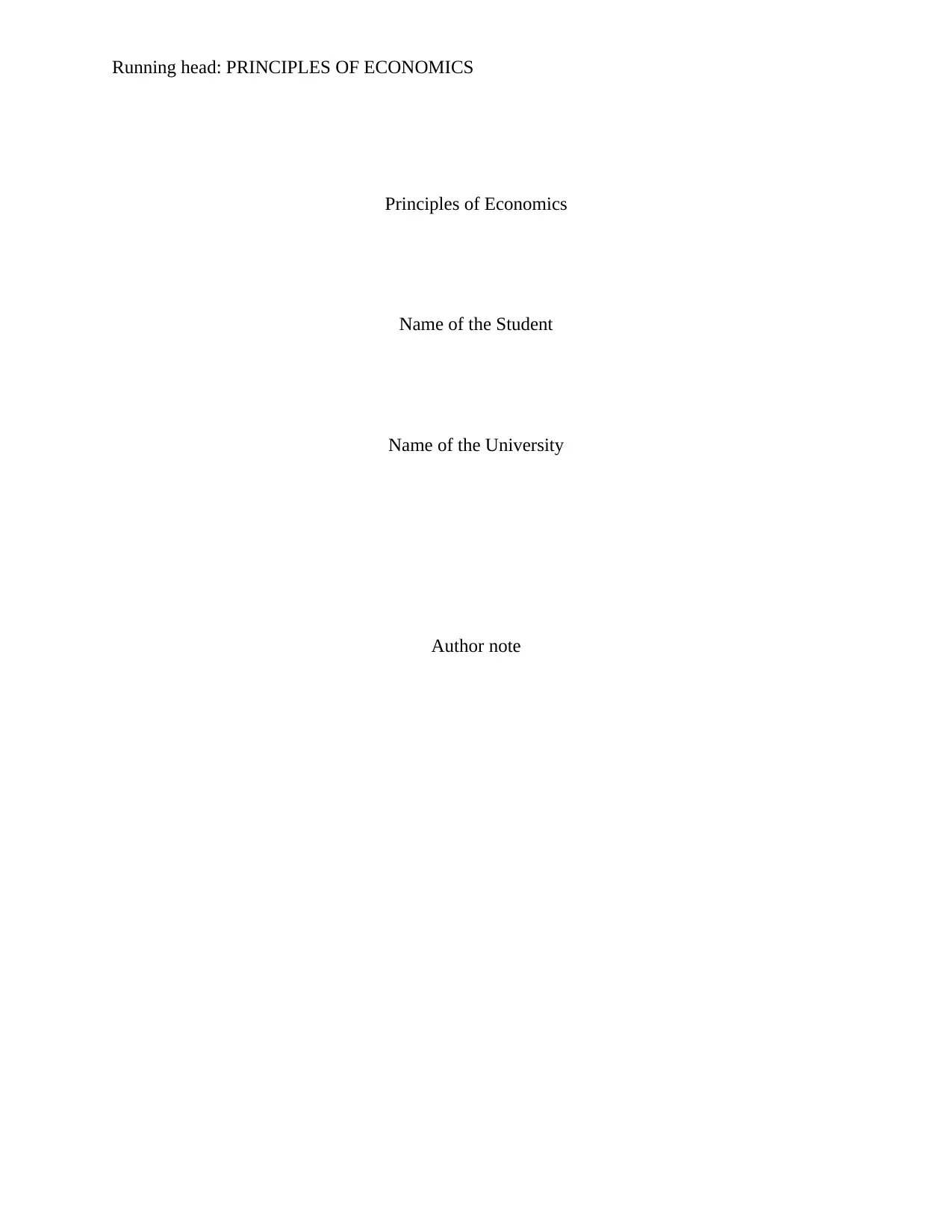
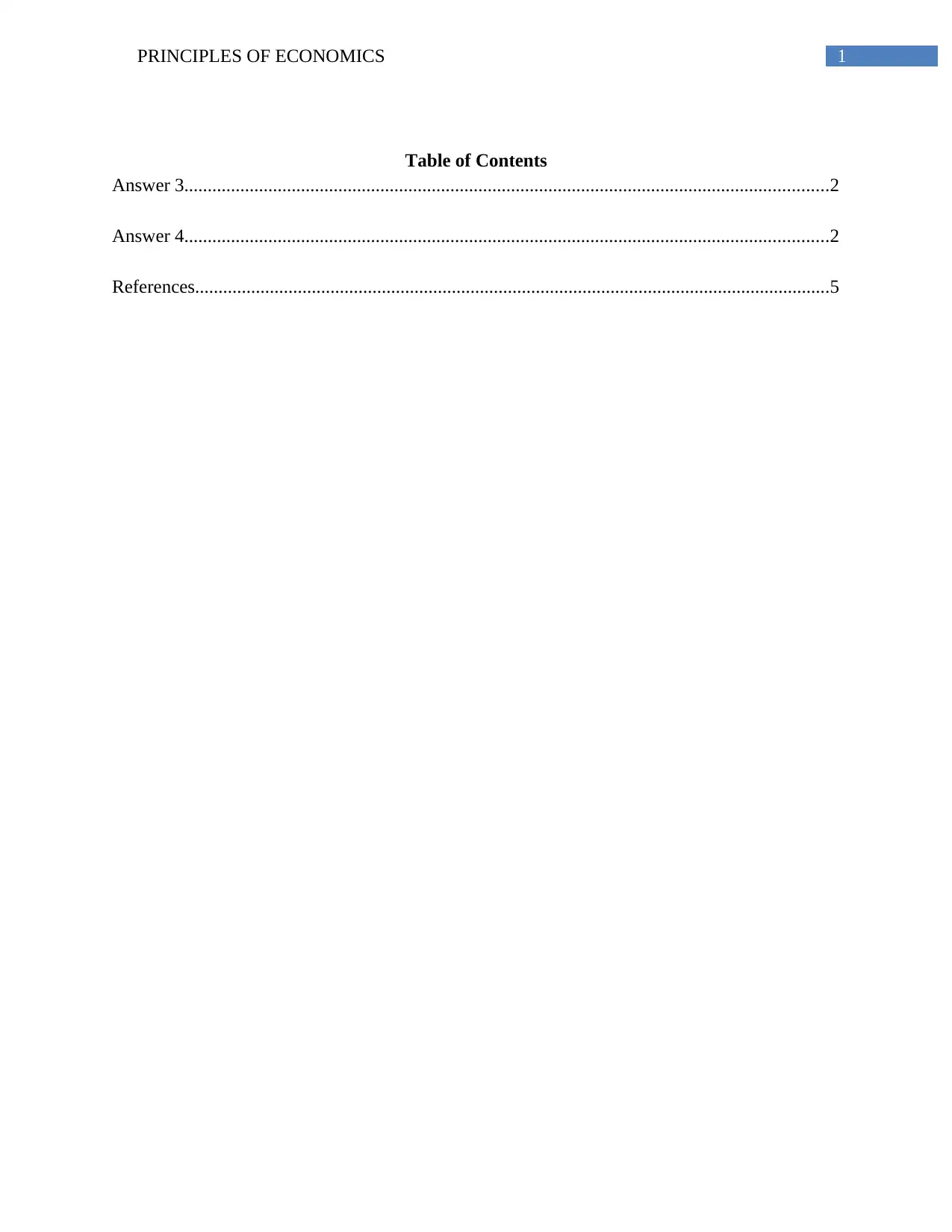
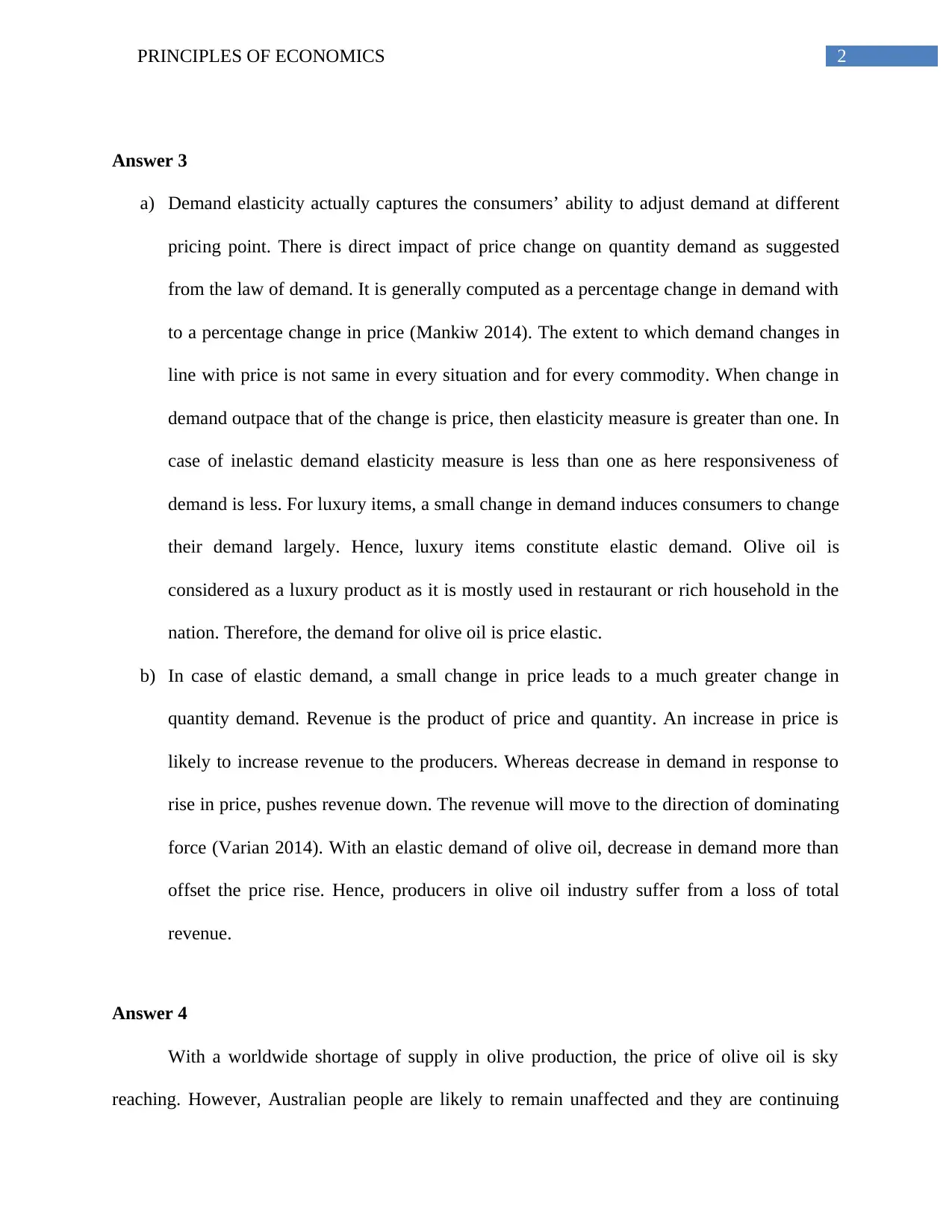

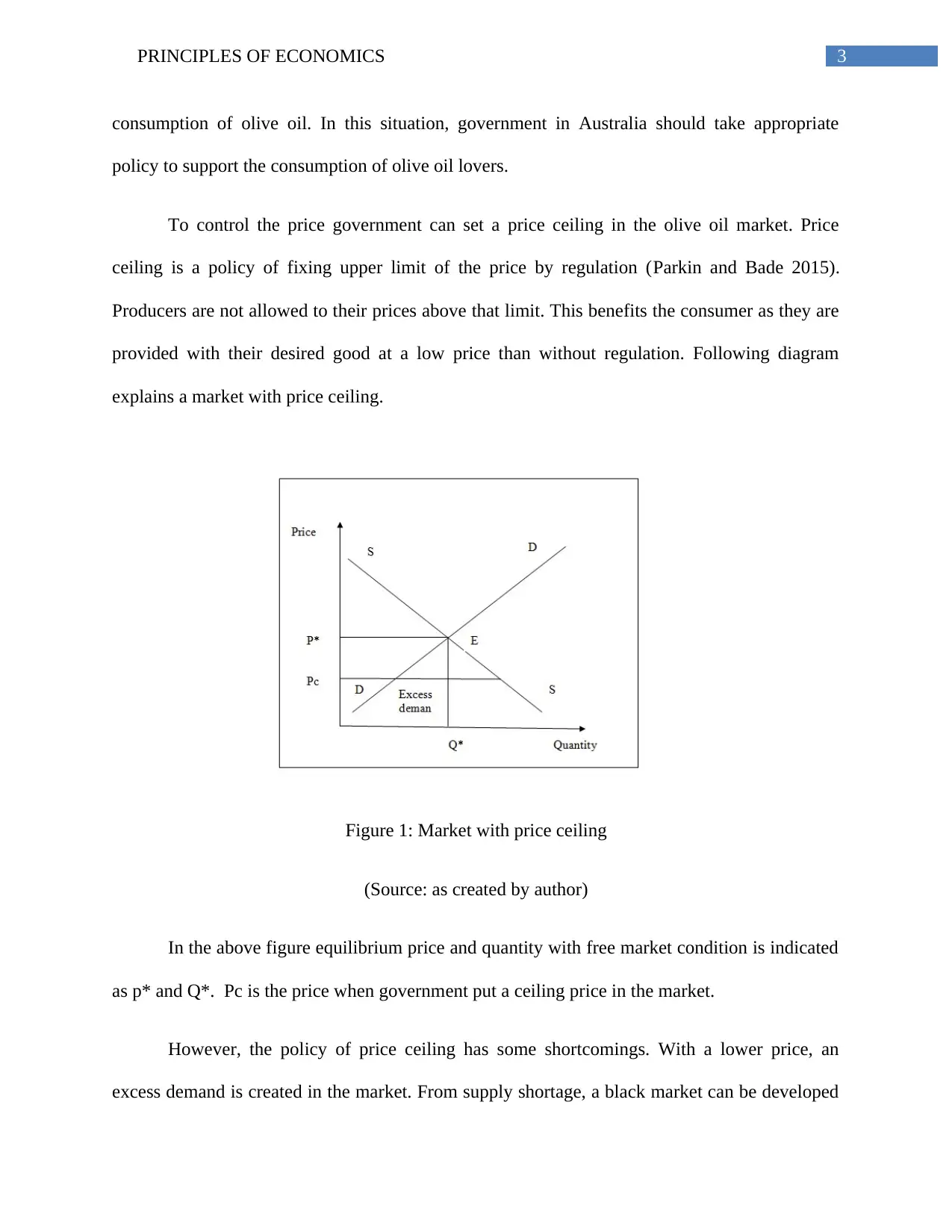
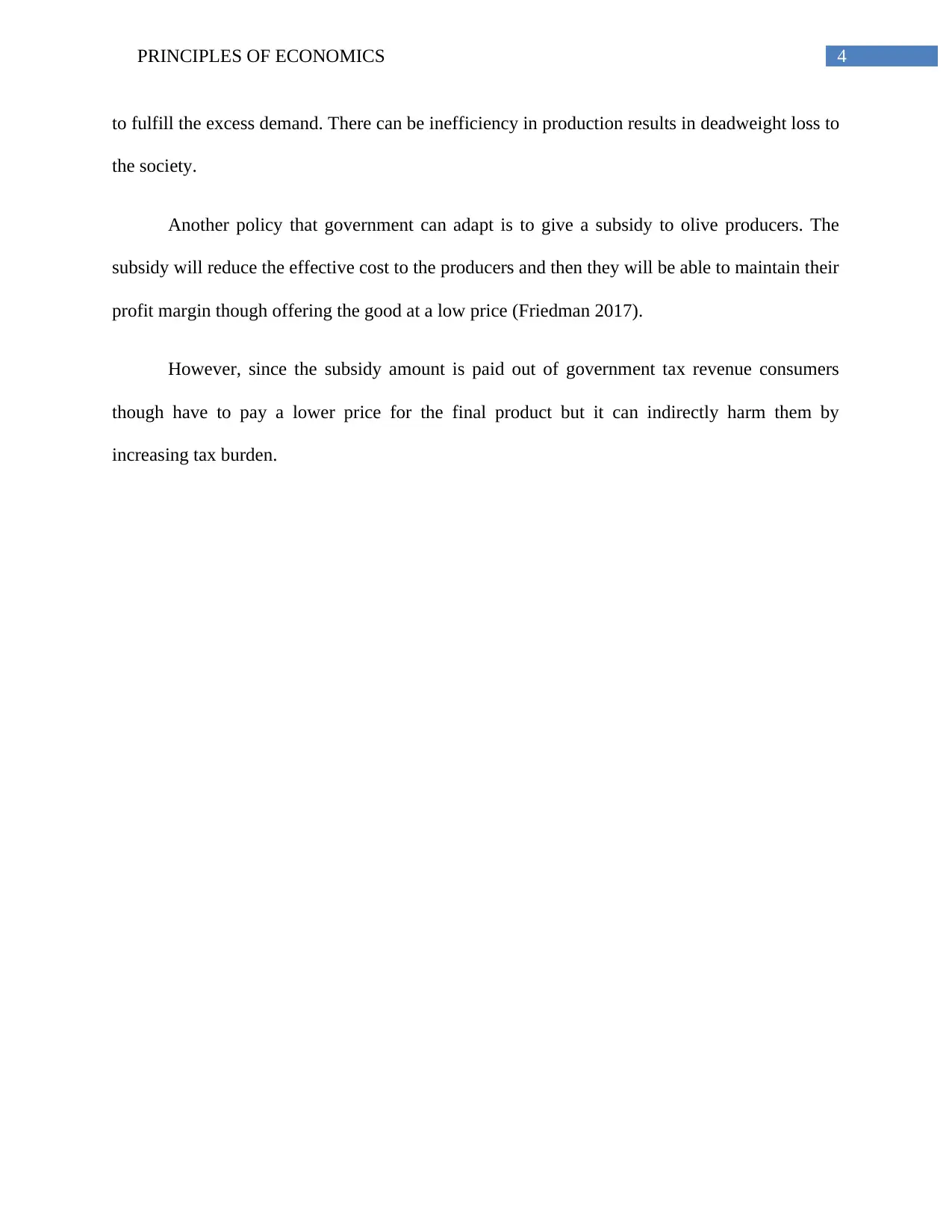
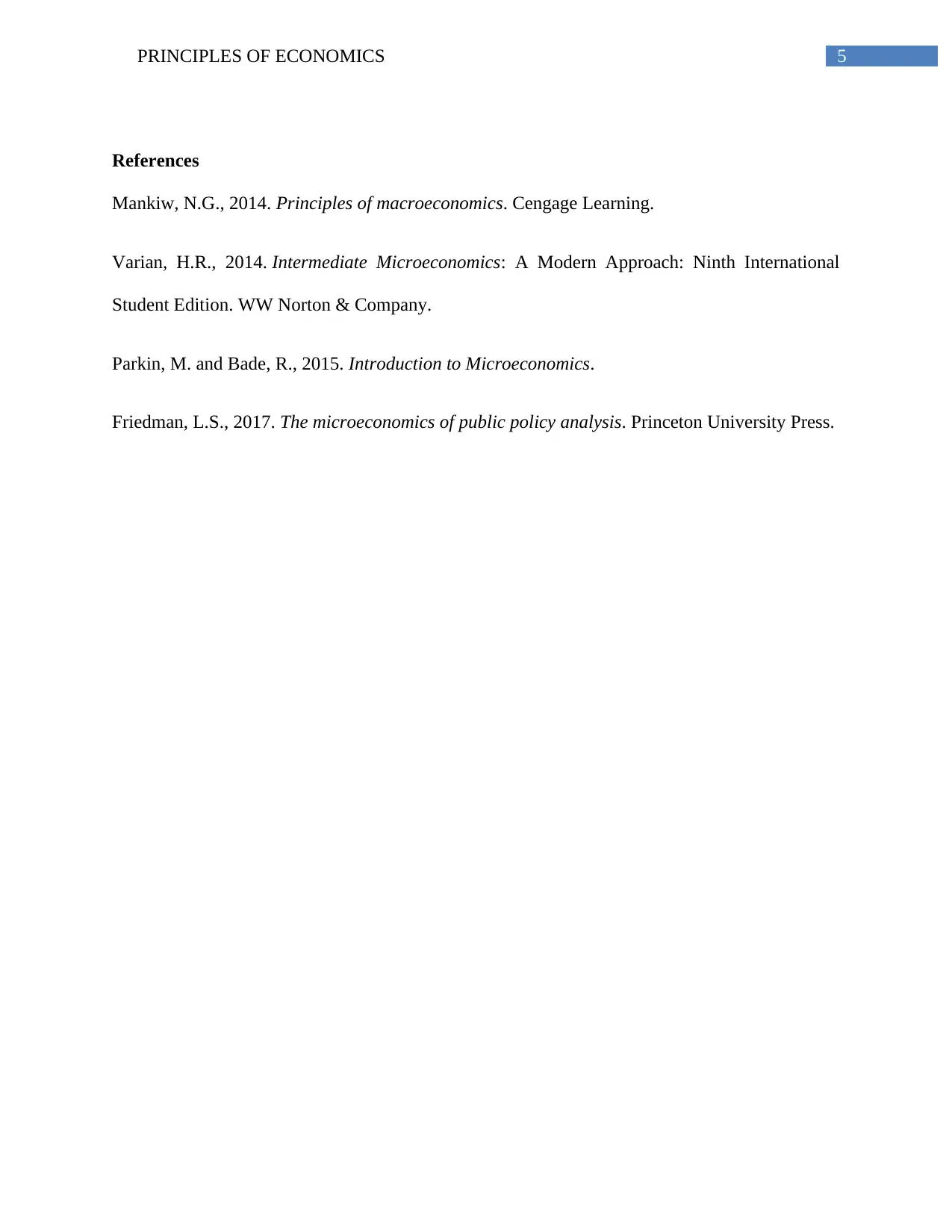






![[object Object]](/_next/static/media/star-bottom.7253800d.svg)